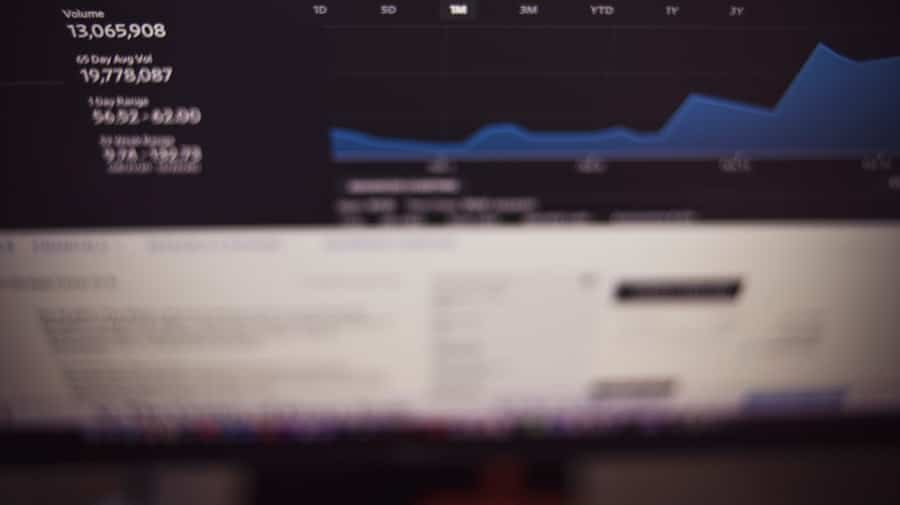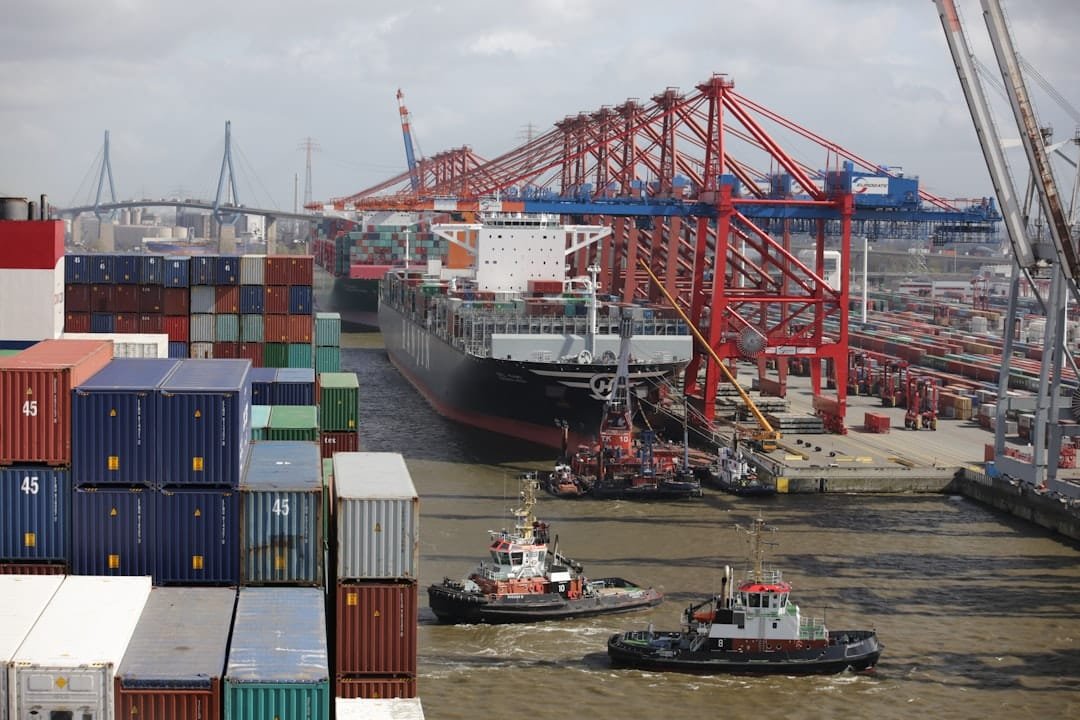The 2008 financial crisis resulted from multiple interconnected factors that created a severe disruption in the global financial system. A primary cause was the United States housing market bubble, driven by easy credit access and low interest rates. This environment fostered increased subprime mortgage lending to borrowers with poor credit histories and low incomes.
When these borrowers defaulted on their payments, it triggered widespread foreclosures and a housing market collapse. Concurrently, the financial industry developed complex products like mortgage-backed securities and collateralized debt obligations, often based on subprime mortgages. These were sold to investors globally.
The housing market’s collapse rendered these securities worthless, causing substantial losses for financial institutions and investors worldwide. Inadequate regulation and oversight in the financial sector also contributed significantly to the crisis. Financial institutions engaged in high-risk practices without sufficient accountability, leading to the accumulation of systemic risk within the financial system.
These factors combined to create a cascading effect throughout the global financial system, resulting in a severe economic downturn that impacted millions of people worldwide.
Key Takeaways
- The 2008 Financial Crisis was caused by a combination of factors including subprime mortgage lending, excessive risk-taking by financial institutions, and inadequate regulation.
- The impact of the 2008 Financial Crisis was widespread, leading to a global recession, high unemployment rates, and a significant decline in housing prices.
- Government and regulation played a role in the 2008 Financial Crisis through deregulation, lack of oversight, and failure to intervene in risky financial practices.
- Financial institutions learned the importance of risk management, transparency, and maintaining adequate capital reserves from the 2008 Financial Crisis.
- Consumers learned the importance of financial literacy, diversification of investments, and being cautious of taking on excessive debt from the 2008 Financial Crisis.
The Impact of the 2008 Financial Crisis
Job Losses and Unemployment
The crisis led to a significant loss of jobs and livelihoods, as many businesses were forced to shut down and lay off employees due to the economic downturn. Unemployment rates skyrocketed, leaving numerous people struggling to make ends meet and support their families.
Housing Market Devastation
The housing market was severely impacted, with millions of homeowners facing foreclosure as property values plummeted. Many people found themselves underwater on their mortgages, owing more than their homes were worth, leading to a wave of defaults and repossessions. This not only had a devastating impact on individuals and families but also contributed to the overall instability of the financial system.
Global Financial Markets and Consumer Confidence
The crisis had a profound effect on global financial markets, with stock prices plummeting and trillions of dollars in wealth being wiped out. Many financial institutions were on the brink of collapse, leading to government bailouts and unprecedented interventions to stabilize the system. The 2008 financial crisis also had long-term effects on consumer confidence and spending habits, as people became more cautious about their finances and less willing to take on debt. This had a ripple effect on businesses, leading to decreased demand for goods and services and further exacerbating the economic downturn.
The Role of Government and Regulation in the 2008 Financial Crisis

The role of government and regulation in the 2008 financial crisis is a topic of much debate and scrutiny. Many argue that lax regulation and oversight allowed for the buildup of systemic risk in the financial system, leading to the crisis. In the years leading up to the crisis, there was a deregulatory environment that allowed financial institutions to take on excessive risk without facing consequences.
This lack of oversight created an environment where risky behavior was incentivized, ultimately leading to the collapse of the financial system. On the other hand, some argue that government intervention and regulation played a role in exacerbating the crisis. For example, policies such as the Community Reinvestment Act and government-sponsored entities like Fannie Mae and Freddie Mac encouraged subprime lending and contributed to the housing market bubble.
Additionally, government bailouts of financial institutions were seen as rewarding bad behavior and creating moral hazard, where institutions felt they could take on excessive risk knowing that they would be bailed out if things went wrong. In response to the crisis, there have been significant efforts to reform financial regulation and oversight. The Dodd-Frank Wall Street Reform and Consumer Protection Act was passed in 2010 with the aim of addressing some of the key issues that led to the crisis, such as regulating complex financial products and increasing transparency in the financial industry.
However, there is ongoing debate about whether these reforms have been effective in preventing another crisis and whether more needs to be done to ensure the stability of the financial system.
Lessons Learned from the 2008 Financial Crisis for Financial Institutions
The 2008 financial crisis served as a wake-up call for financial institutions around the world, highlighting the need for better risk management and responsible lending practices. One of the key lessons learned from the crisis is the importance of maintaining strong capital reserves to withstand economic shocks. Many institutions were severely undercapitalized during the crisis, leaving them vulnerable to collapse when losses mounted.
As a result, there has been a greater emphasis on building up capital buffers and stress testing to ensure that institutions are able to weather future crises. Another important lesson is the need for better risk management practices, particularly in relation to complex financial products. The crisis exposed how little many institutions understood about the risks they were taking on, leading to massive losses when these products turned sour.
As a result, there has been a greater focus on improving risk modeling and stress testing to better understand potential vulnerabilities in their portfolios. Furthermore, there has been a shift towards more responsible lending practices, with greater scrutiny on borrowers’ ability to repay loans and a move away from subprime lending. This has been accompanied by increased transparency in lending practices, with clearer disclosure requirements for borrowers and investors.
Overall, financial institutions have learned that short-term gains can lead to long-term pain, and there is now a greater emphasis on sustainable business practices that prioritize stability and resilience over excessive risk-taking.
Lessons Learned from the 2008 Financial Crisis for Consumers
The 2008 financial crisis had profound implications for consumers, leading to a greater awareness of personal finance and a shift in attitudes towards debt and spending. One of the key lessons learned from the crisis is the importance of living within one’s means and avoiding excessive debt. Many consumers found themselves overleveraged during the crisis, with high levels of mortgage debt and credit card debt that became unsustainable when economic conditions deteriorated.
As a result, there has been a greater emphasis on saving and responsible borrowing, with many consumers adopting more conservative financial habits. Another important lesson is the need for greater financial literacy among consumers. Many people were caught off guard by the complexities of the financial products that they had invested in or borrowed against, leading to significant losses and hardship.
As a result, there has been a push for greater education around personal finance, with an emphasis on understanding investment products, managing debt, and planning for retirement. Furthermore, there has been a greater focus on consumer protection in the wake of the crisis, with increased regulation around lending practices and greater transparency in financial products. This has empowered consumers to make more informed decisions about their finances and has provided greater safeguards against predatory lending practices.
Overall, consumers have learned that being financially savvy is essential for navigating an increasingly complex financial landscape, and there is now a greater emphasis on building resilience and stability in personal finances.
The Global Implications of the 2008 Financial Crisis

Global Interconnectedness
One of the key implications of the crisis was the interconnectedness of financial markets, as losses in one part of the world quickly spread to others through complex financial instruments and global trade. This highlighted the vulnerability of economies to shocks in other parts of the world and led to greater coordination among central banks and governments to stabilize global markets.
Impact on Developing Countries
The crisis had a devastating effect on many developing countries, as capital flows dried up and demand for exports plummeted. This led to widespread economic hardship in many parts of the world, with millions of people falling into poverty as a result.
Geopolitical Implications
The crisis also had significant geopolitical implications, leading to shifts in global power dynamics and strained relations between countries. For example, there was growing tension between developed countries and emerging economies over how to respond to the crisis, leading to disagreements over policy responses and trade relations. Overall, the 2008 financial crisis served as a stark reminder of how interconnected global economies are and highlighted the need for greater cooperation and coordination among countries to prevent future crises.
Applying the Lessons Learned from the 2008 Financial Crisis to Future Economic Situations
The lessons learned from the 2008 financial crisis have provided valuable insights into how to prevent future economic crises and mitigate their impact. One key lesson is the importance of maintaining strong regulatory oversight of financial markets to prevent excessive risk-taking and ensure stability. This includes measures such as stress testing, capital requirements, and transparency requirements for complex financial products.
Another important lesson is the need for better risk management practices within financial institutions, including improved modeling techniques and greater scrutiny over lending practices. This can help identify potential vulnerabilities before they become systemic risks and ensure that institutions are better prepared for economic downturns. Furthermore, there is a need for greater coordination among central banks and governments to respond to future crises effectively.
This includes measures such as currency swap agreements, liquidity facilities, and coordinated policy responses to stabilize global markets. Overall, applying these lessons learned from the 2008 financial crisis can help build a more resilient global economy that is better equipped to withstand future shocks and protect people’s livelihoods. By learning from past mistakes and taking proactive measures to prevent future crises, we can create a more stable and sustainable economic future for generations to come.
If you’re interested in learning more about the economic impact of the 2008 financial crisis, you may want to check out the article “The Lasting Effects of the 2008 Financial Crisis” on The Econosphere. This article delves into the long-term consequences of the crisis and how it has shaped the global economy in the years since. It’s a fascinating read for anyone looking to gain a deeper understanding of the lessons learned from this pivotal event. And if you have any questions or feedback about the article, feel free to reach out to the team at The Econosphere through their contact page.
FAQs
What was the 2008 Financial Crisis?
The 2008 Financial Crisis was a severe worldwide economic crisis that occurred as a result of the subprime mortgage crisis in the United States. It led to the collapse of large financial institutions, the bailout of banks by national governments, and a significant downturn in economic activity.
What were the causes of the 2008 Financial Crisis?
The 2008 Financial Crisis was primarily caused by the housing bubble burst in the United States, which led to a sharp decline in housing prices and a surge in mortgage delinquencies and foreclosures. This, in turn, exposed the vulnerability of financial institutions that had invested heavily in mortgage-backed securities.
What were the lessons learned from the 2008 Financial Crisis?
Some of the key lessons learned from the 2008 Financial Crisis include the importance of effective regulation and oversight of financial institutions, the need for transparency and accountability in the financial industry, the risks associated with excessive leverage and complex financial products, and the interconnectedness of global financial markets.
How did the 2008 Financial Crisis impact the global economy?
The 2008 Financial Crisis had a profound impact on the global economy, leading to a severe recession in many countries, a significant increase in unemployment, a decline in consumer and business confidence, and a disruption of financial markets. It also highlighted the interconnectedness of the global financial system and the need for coordinated international responses to financial crises.
What measures were taken to prevent a similar crisis in the future?
In response to the 2008 Financial Crisis, various measures were taken to prevent a similar crisis in the future, including the implementation of stricter regulations for financial institutions, the establishment of new oversight bodies, the reform of mortgage lending practices, and the improvement of risk management and transparency in the financial industry. Additionally, central banks and governments have developed new tools and policies to address financial instability and systemic risks.








